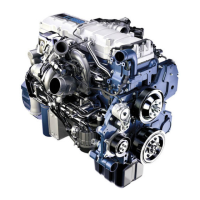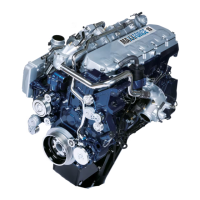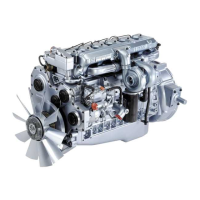268 6 PERFORMANCE DIAGNOSTICS
Monitoring Boost Pressure using Pressure
Sensor Breakout Harness
NOTE: Do this test on ly if an EST is not available. This
is an alternate method.
Tools
• Pressure Sensor Breakout Harness
•DMM
WARNING: To avoid serious personal injury,
possible death or damage to the engine or
vehicle, read all safety instructions in the “Safety
Information” section of this manual.
Figure 349 Pressure Sensor Breakout Harness
to MAP sensor
1. See “DT 466 Performance Specifications” –
Appendix A (page 595) ,“DT 570 and HT 570
Performance Specifications” – Appendix B (page
619) or Section 7 “Operational Voltages C hecks”
– for specifications and record on Diagnostic
Form.
2. Connect Pressure Sens or Bre ak out Harness to
MAP sensor and engine harness.
3. Use DMM to measure MAP at rated speed and full
load.
• Connect POS to green (signal circuit) and
NEG to black (g ro und circuit).
4. Route DMM and leads into cab.
WARNING: To avoid serious personal injury,
possible death or damage to the engine or vehicle
– comply with the following:
When routing DMM leads, do not crimp the leads,
run the leads too close to moving parts, or let
the leads touch hot engine surfaces. Secure the
DMM and leads in the cab so as not to obstruct
the operator.
5. Monitor DMM voltage signal for MAP.
6. Drive vehicle and make sure engine operating
temperature reaches 70 °C (158 °F) or higher.
7. Find a long, open stretch of road.
8. When driving conditions are safe, select a suitable
gear, press accelerator pedal fully to the floor, and
accelerate to rated speed at 100% load.
9. Memorize DMM voltage reading for boost
pressure. After parking vehicle, record reading
for boost pressure on Diagnostic Form; do not
record reading while driving.
• If boost pressure is to specification, do not
continue with Performance Diagnostics.
• If boost pressure is not to specification,
continue Performance Diagnostics.
EGES-270-1
Read all safety instructions in the "Safety Information" section of this manual before doing any proced ures.
Follow all warnings, cautions, and notes.
©August 2008 Navistar, Inc.
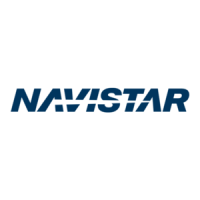
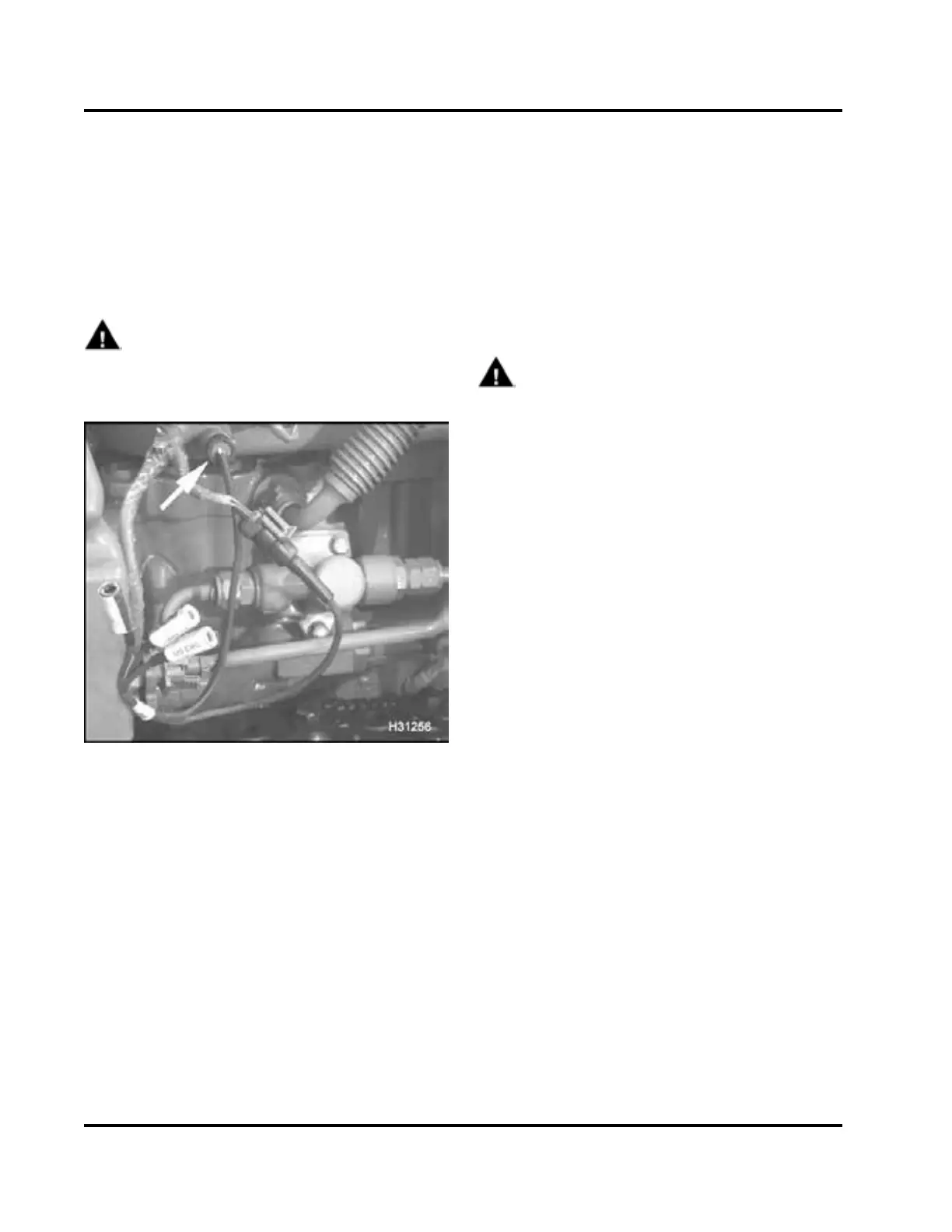